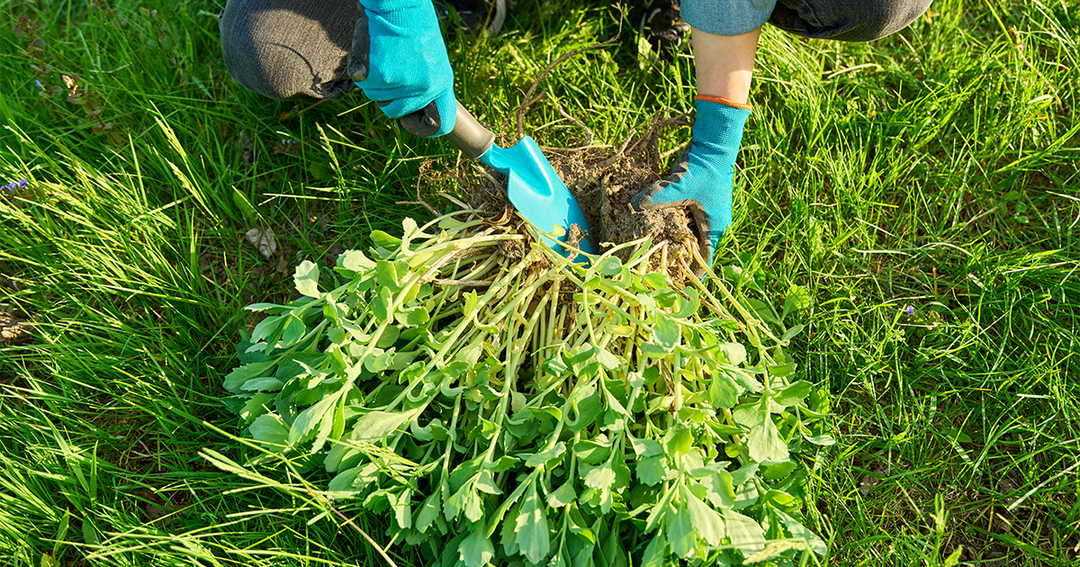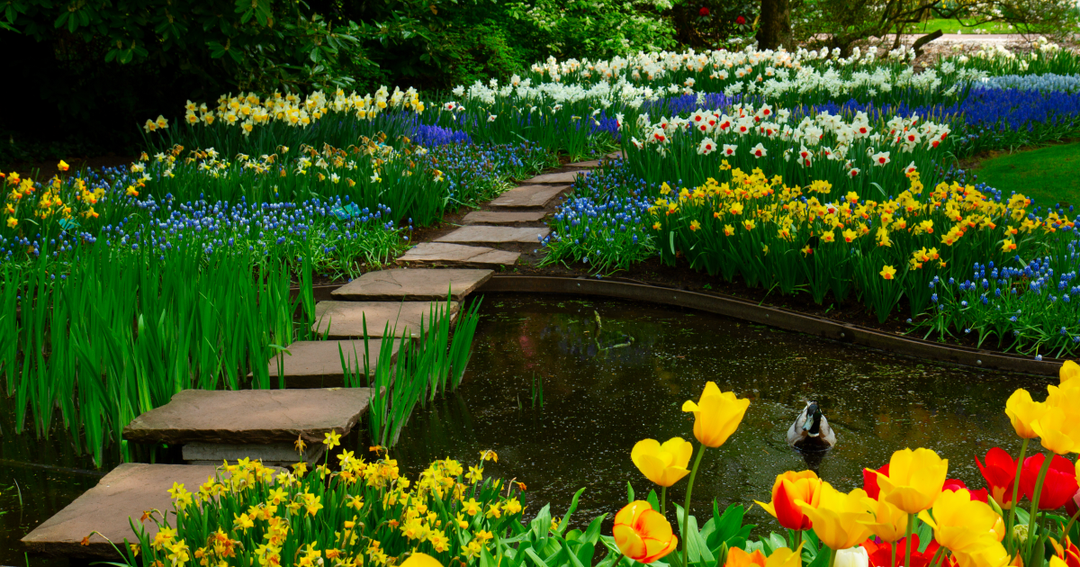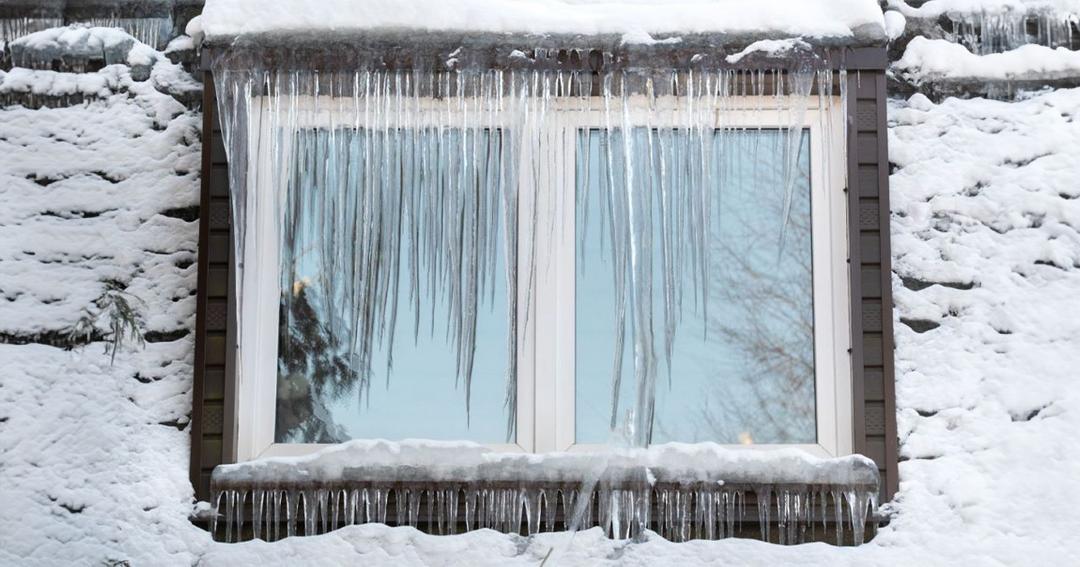Controlling Weeds in Your Lawn

A lush, green lawn is every homeowner's dream. But weeds? They're the uninvited guests that crash the party. Understanding how to keep these pesky intruders at bay is key. In this guide, we'll cover everything from preventing weeds and identifying common culprits to safely using herbicides, maintaining a robust lawn, and tackling weed issues like a pro. With these strategies, you'll have a weed-free lawn that'll make your neighbors green with envy—literally!
Why Weed Control is Important
Got weeds? They're not just pesky—they're like the overachievers of your lawn, always trying to outpace your grass for the essentials: nutrients and water. Mastering the art of weed control is crucial for nurturing a lawn that's not just green, but thriving.
Weeds are the sprinters in this race, with roots that mean serious business. Left unchecked, they'll cast shade over your grass, cutting off its sunlight supply and stifling its growth.
A weed-free lawn isn't just about appearances—it's a statement. It's your lawn looking its absolute best, perfectly groomed and welcoming. Plus, without weeds hogging the spotlight, your grass gets the chance to establish deep roots, making it tougher and more resilient.
When you manage weeds effectively, you're ensuring your grass gets first dibs on nutrients and water. It's about giving your lawn the edge it needs to stay healthy and vibrant, all year round.
So, take charge and show those weeds who's boss. Your lawn will thank you with lush, green expanses that invite bare feet and backyard picnics alike.
Identifying Common Lawn Weeds
Getting a handle on weeds starts with getting to know them—those uninvited guests in your lawn. By understanding their habits and telling them apart from your grass, you're on your way to a weed-free paradise.
First things first: meet the usual suspects. Dandelions, crabgrass, clover, and chickweed—they're the stars of the weed show, each with its own look and style. By getting familiar with their features, you'll spot them in no time and know just how to handle them.

Weeds, like everything else, have their own life story. Some are here for the long haul, while others are just passing through. Annuals, biennials, and perennials—they all have their game plan. Knowing when they're most vulnerable helps you plan your attack with precision.
Now, tell your grass apart from those imposters. It's a tricky business, especially when they're just starting out. Grass grows upright with sleek leaves and a network of roots, while weeds can be a bit more chaotic. Spot the differences early, and you're already ahead of the game.
By mastering the art of identifying weeds, understanding their life cycles, and spotting them from a mile away, you're laying the groundwork for a lawn that's not just good—it's great.
Methods for Weed Prevention
Keeping weeds at bay in your lawn takes a proactive approach—it's all about staying one step ahead. With the right lawn care practices, smart mowing techniques, and effective watering and fertilization strategies, you can keep your lawn healthy and weed-free.
A thriving lawn is your best defense against weeds. Regular mowing at the right height helps keep your grass dense and lush, leaving little room for weeds to sneak in. Not sure how tall your grass should be? Learn more about ideal mowing heights based on your grass type and location. And don't forget—cleaning up clippings and debris after mowing stops weed seeds from spreading.
Watering is a bigger deal than you think when it comes to weed control. B-hyve smart watering devices take the guesswork out of watering your lawn and garden. B-hyve’s smart technology uses real-time weather data, details about your soil and sun exposure, and much more into account when creating custom smart watering programs that help your grass to be as resilient as possible.
Fertilization is the secret sauce. Use a slow-release fertilizer on a regular schedule to make sure your grass gets all the nutrients it needs. A well-fed lawn grows thicker and faster, crowding out any would-be weed invaders.
Using Herbicides Safely and Effectively
Tackling weeds in your lawn often means bringing out the big guns—herbicides. Picking the right one is key to zapping weeds without harming your precious grass.
First up, know your enemy. Different herbicides are designed for different weeds, like broadleaf or grassy types. Read those labels carefully to make sure you're choosing the right one for your lawn and the weeds you're battling.
Once you’ve got the right herbicide, it’s all about the application. Follow the manufacturer's instructions to a T. Whether you’re using sprays, granules, or liquid concentrates, the method depends on your lawn size and the type of herbicide.
Timing is everything. Herbicides work best when weeds are actively growing but haven’t yet gone to seed. Apply them during this phase to stop future weed invasions and get the best results.
Safety first! Wear gloves, long sleeves, and pants to avoid contact with the herbicide. Keep kids and pets away until everything’s dry. And steer clear of windy days to avoid drift and protect your favorite plants.
Using herbicides safely and effectively is crucial for weed control. By choosing the right product, applying it correctly, and following safety guidelines, you’ll keep your lawn looking pristine and weed-free.
Maintenance for a Healthy Lawn and Landscape
Regular maintenance routines are crucial for effective weed control in your lawn. By implementing a consistent schedule, you can prevent weeds from taking over and maintain a healthy and beautiful landscape.
Integrating certain landscaping elements can also discourage weed growth. Adding mulch around flower beds and garden areas suppresses weed germination and growth. Planting ground cover plants or low-growing perennials can provide competition for weeds, reducing their ability to take hold in your lawn.
Diagnosing and Addressing Weed Problems
A weed-free lawn is every homeowner's dream. However, sometimes weeds can invade your yard and disrupt the beauty of your landscape. To effectively control weeds in your lawn, it is important to first identify signs of weed infestation.
Look out for common signs such as patches of grass that appear different in color or texture, as well as the presence of unfamiliar plants among your grass. Weeds can vary in appearance, from broadleaf weeds like dandelions to grassy weeds like crabgrass. By recognizing the types of weeds you have, you can better understand how to combat them.
If you notice weed-related issues in your lawn, it's time to troubleshoot the problem. Common issues include poor lawn maintenance practices, such as improper mowing height or infrequent watering. Additionally, compacted soil, inadequate fertilization, and lack of proper weed prevention methods can contribute to weed growth. Addressing these underlying issues reduces the chances of weeds taking over your lawn.
For more complex weed problems or if you are unsure about the best course of action, seeking professional advice is recommended. Lawn care professionals have the expertise and knowledge to diagnose the specific weed species and develop a targeted treatment plan. They can also provide guidance on selecting the most effective herbicides and applying them correctly to minimize harm to your lawn.






